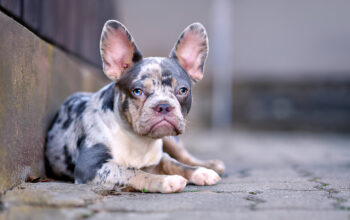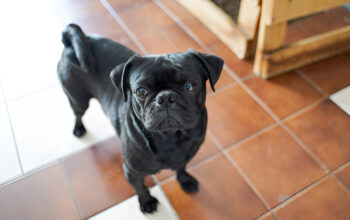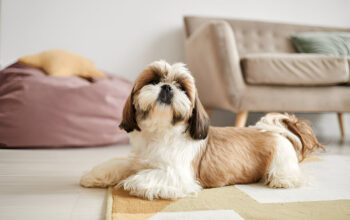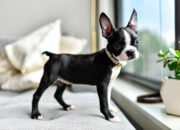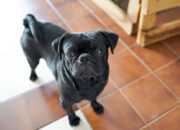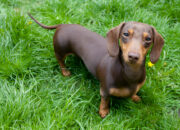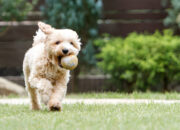Saint Bernard Dog Breed – The Complete Owner’s Manual (2025 Facts & Care Guide)
Meet the Alpine Rescue Hero
The Saint Bernard The St Bernard is one of the worlds best loved giant breeds, renowned for its serious mountain rescue work and its sweet affectionate nature. These giant dogs pack a punch in terms of strength, and when coupled with their sweet temperament, they make great pets for children provided that the family has space for them.
A history of Saint Bernards
Monastic Beginnings
Saint Bernards were bred by monks at the Great St. Bernard Hospice in the Swiss Alps about 1660 A.D. Their primary roles included:
*Looking for lost travelers in blizzards
*Avalanche debris digging
*Warmth for victims of hypothermia
*Guarding the monastery
Famous Rescue Dogs
The best known Saint Bernard, Barry, rescued 40-100 people from 1800-1812. Their eminence is supported by modern studies:
*Cold-hardy (with bushy double coat).
*Sense of direction (could negotiate whiteouts)
*Power (could pull adults to safety)
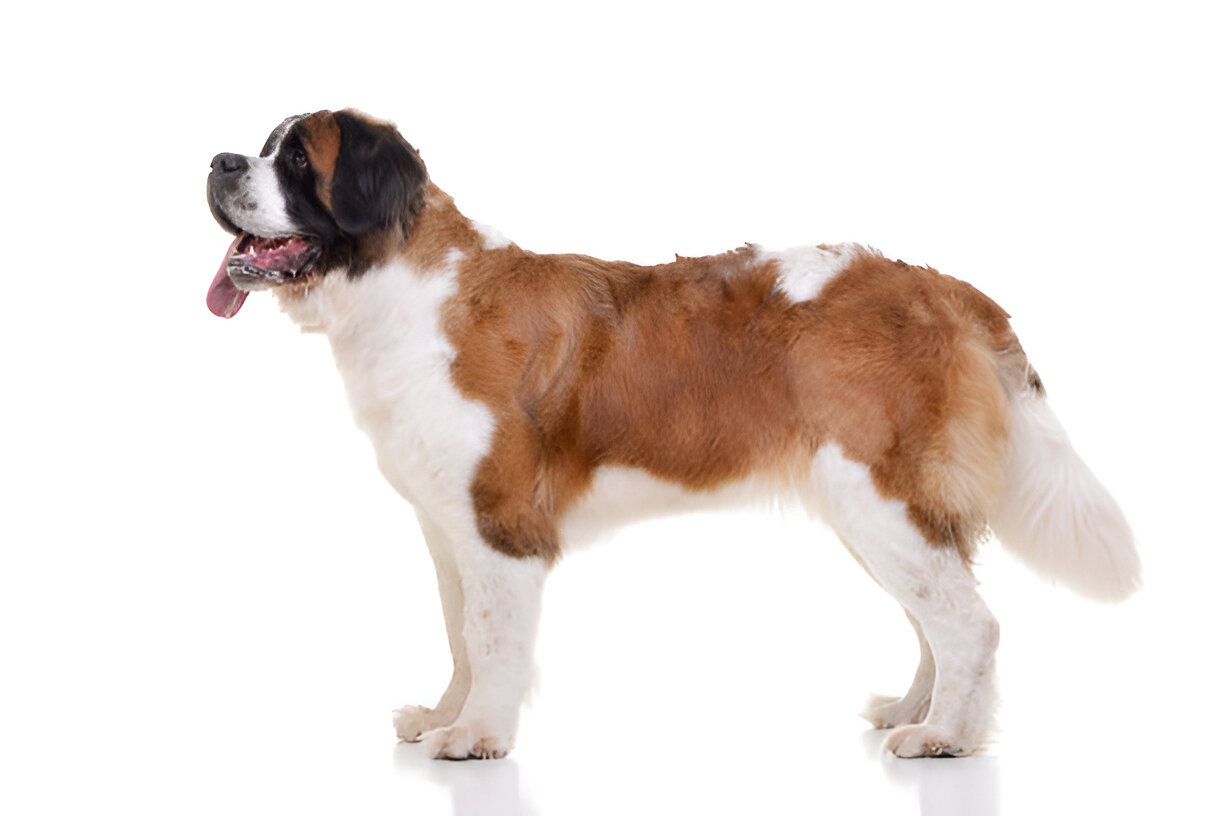
DEVELOPMENT OF BREED TIMELINE
Year Milestone
1707 Earliest known documented accounts of hospice dogs
1816 The breed’s numbers were decimated by hard winters
1830 Outcrossed with Newfoundlands
1885 AKC recognition
2024 Ranked #48 in popularity
Saint Bernard Characteristics and Traits
Dimensions and Weight Specifications
| Gender | Height (inches) | Weight (lbs) | Growth Rate |
|---|---|---|---|
| Male | 28-30 | 140-180 | 2.5 lbs/week as puppies |
| Female | 26-28 | 120-140 | 2 lbs/week as puppies |
Note: Growth plates do not close completely until 18-24 months
Coat Types & Genetics
Short-haired:
*Easier maintenance
*Less prone to matting
*Long-haired:
*More dramatic appearance
*Requires daily brushing
Color Genetics:
*Necessary white markings (chest, feet and tail tip)
*Broad patches of red/mahogany must be:
*Ears
*Back
*Eye patches
Specialization of the Anatomy
*Head Massive and with knitted brow
*Eyes: Dark brown and a bit droopy
*Jowls: Loose skin traps drool
*Chest: Deep and barrel-shaped
*Feet: Big, webbed feet (for the snow)
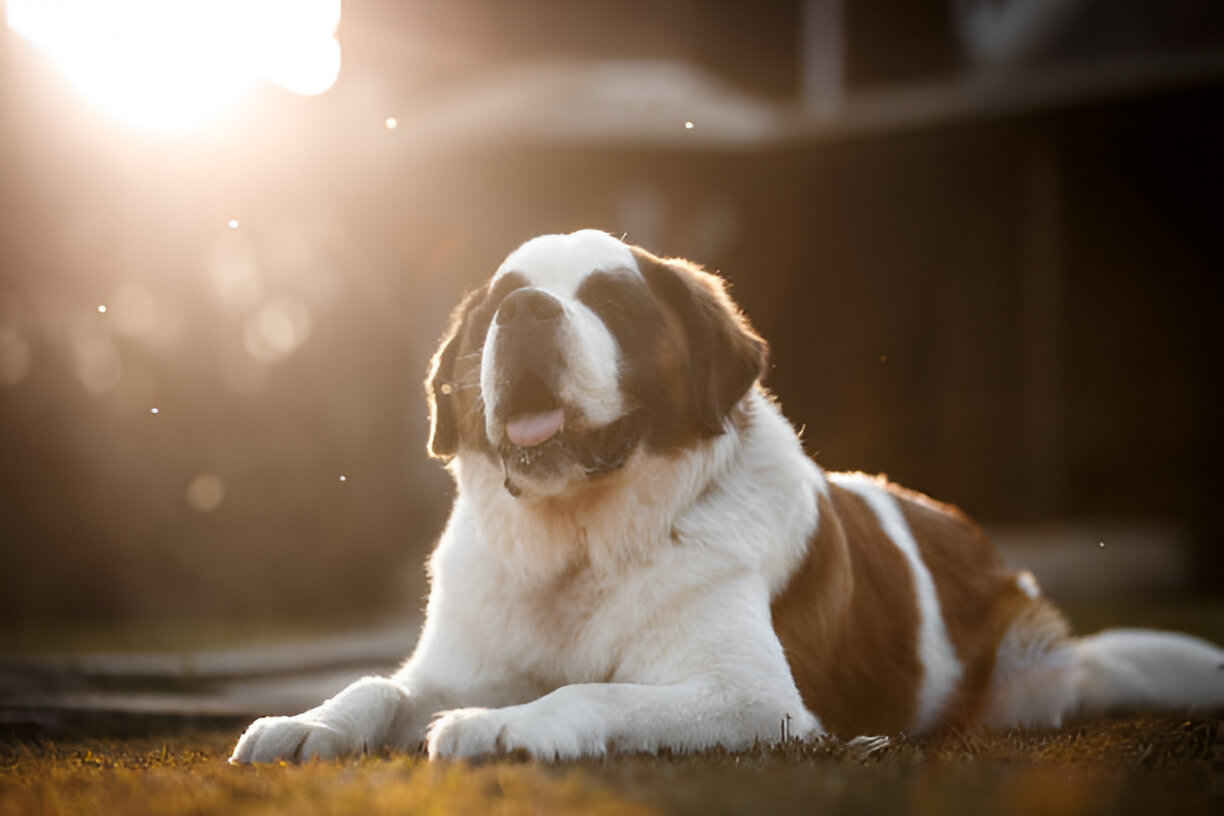
Saint Bernard Temperament & Personality
Core Personality Traits
*Kid Friendly: 92% of owners say that they are great for kids
*Intelligence: Able to learn 150+ commands
*Loyalty: Builds strong family connections
*Watchfulness: Very good watch dogs (though not aggressive)
Behavioral Quirks
*“Leaners”: Loving to pressLove pressing
*Drooling: Is able to sling saliva 3+ feet
*Cold Weather Love: 50 degrees and below is ideal
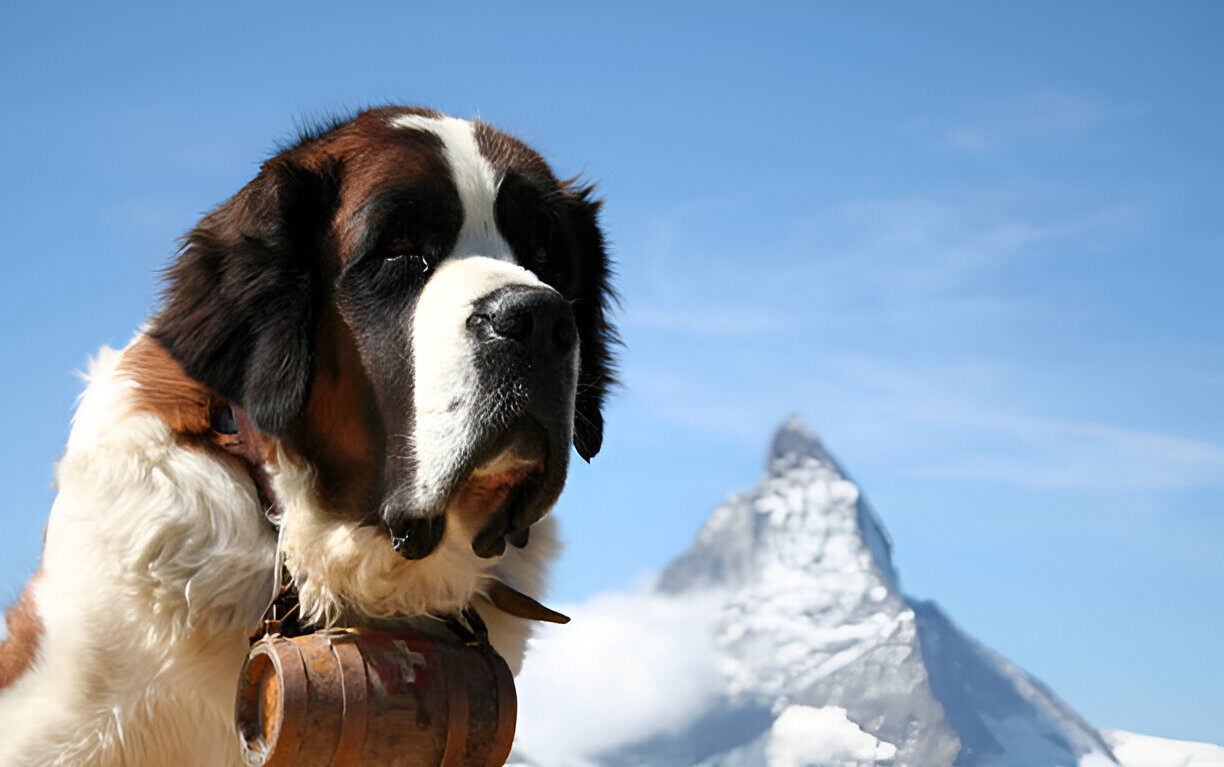
Compatibility Chart
| Living Situation | Suitability (1-5★) | Notes |
|---|---|---|
| Families with kids | ★★★★★ | Supervise toddlers |
| First-time owners | ★★★☆☆ | Need training commitment |
| Apartments | ★★☆☆☆ | Not recommended |
| Cold climates | ★★★★★ | Thrive in snow |
| Active households | ★★★★☆ | Moderate exercise needs |
Health And Lifespan Implications
Lifespan Statistics
*Average: 8-10 years
*Special cases – 12 or more years in ideal circumstances
*2025 Research Focus:
*Cardiac health improvements
*Joint preservation techniques
*Cancer prevention
oncern for overall health
1.Orthopedic Issues
*Hip dysplasia (affects 23%)
*Elbow dysplasia
*Cruciate ligament tears
2.Cardiac Conditions
*Dilated cardiomyopathy
*Subaortic stenosis
3.Eye Problems
*Entropion
*Cherry eye
*Distichiasis
4.Other Concerns
*Gastric torsion/volvulus (Bloat) this is the #1 cause of death of a Saint!
*Heat stroke
*Epilepsy
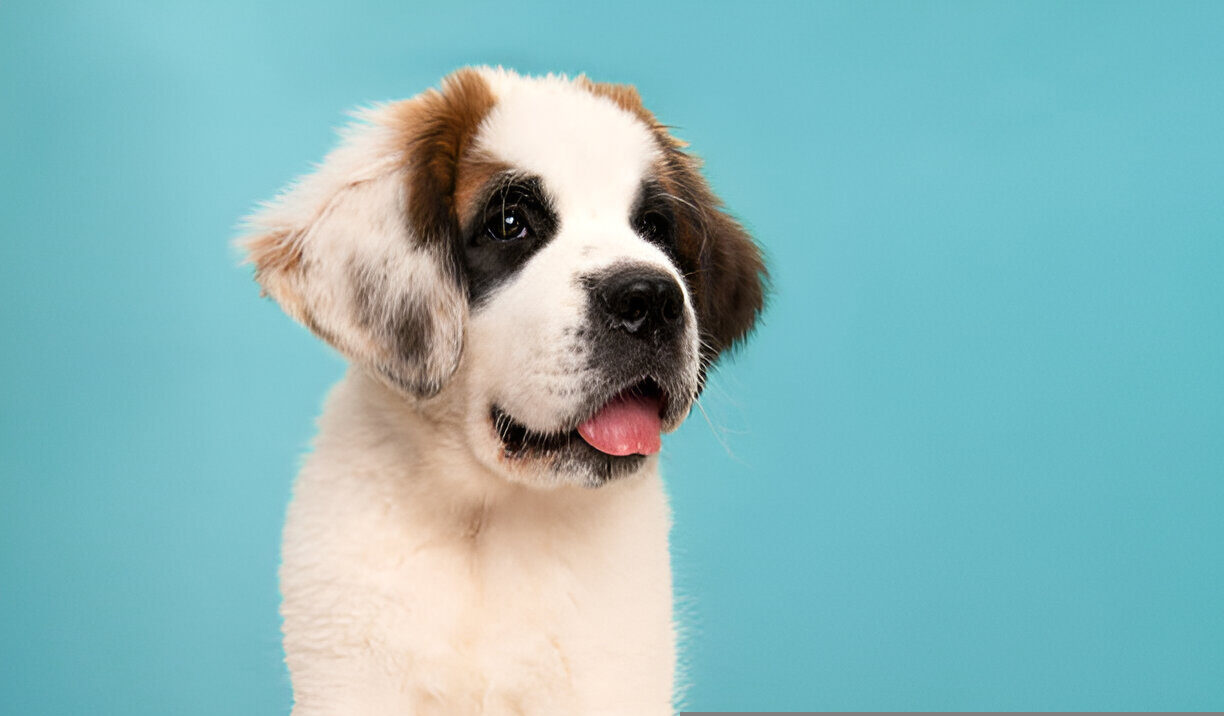
Primary HealthCarealty and Prevention Plan
Nutrition:
*Puppy giant breed formula (up to 18 months)
*Joints Suppl Adult Formula
*Raised feeders to help protect against bloat
Exercise:
*Controlled leash walking
*Swimming (ideal low-impact)
*Do not jump until 2 years of age
Medical:
*Annual cardiac ultrasounds
*OFA hip/elbow screenings
*Preventative gastropexy

Training & Socialization Manual
Critical Training Periods
| Age | Focus Areas |
|---|---|
| 8-12 weeks | Socialization foundation |
| 3-6 months | Basic obedience |
| 6-18 months | Leash manners |
| 2+ years | Advanced training |
Commands of the Saints
1. “Wait” – Prevent door rushing
2. “Gentle” – Control mouthing
3. “Leave it!” – This one’s important for safety
4. “Place” – Settle on command
5. “The Dry”- After drinking, wipe face.
Socialization Checklist
Expose puppies to:
*Slippery floors
*Stairs
*Car rides
*Grooming handling
*Crowded places
Grooming & Drool Hacks
Complete Grooming Routine
Daily:
*Washing of the face.
*Paw inspection
*Quick brush
Weekly:
*15undercoat rake,deshedding tool For proper brushing Details* Extra gentle for your pet Prevents over-brushing* 72 teeth with gentle round edges* Removes loose hair and undercoat* Rejects static* Works for short, medium, or long hair* For use on large or small areas* Also works on furniture, clothing, car interiors, carpeting, and more* Dog lovers everywhere will tell you the undercoat rake is a miracle tool!
*Ear cleaning
*Nail check
Monthly:
*Full bath (diluted shampoo)
*Teeth brushing
*Wrinkle cleaning
Drool Control Strategies
*Absorbent bandanas
*Wall-mounted drool towels
*Stainless steel water bowl (minimizes dripping)
*Flooring with \”drool zones\” for easy cleaning
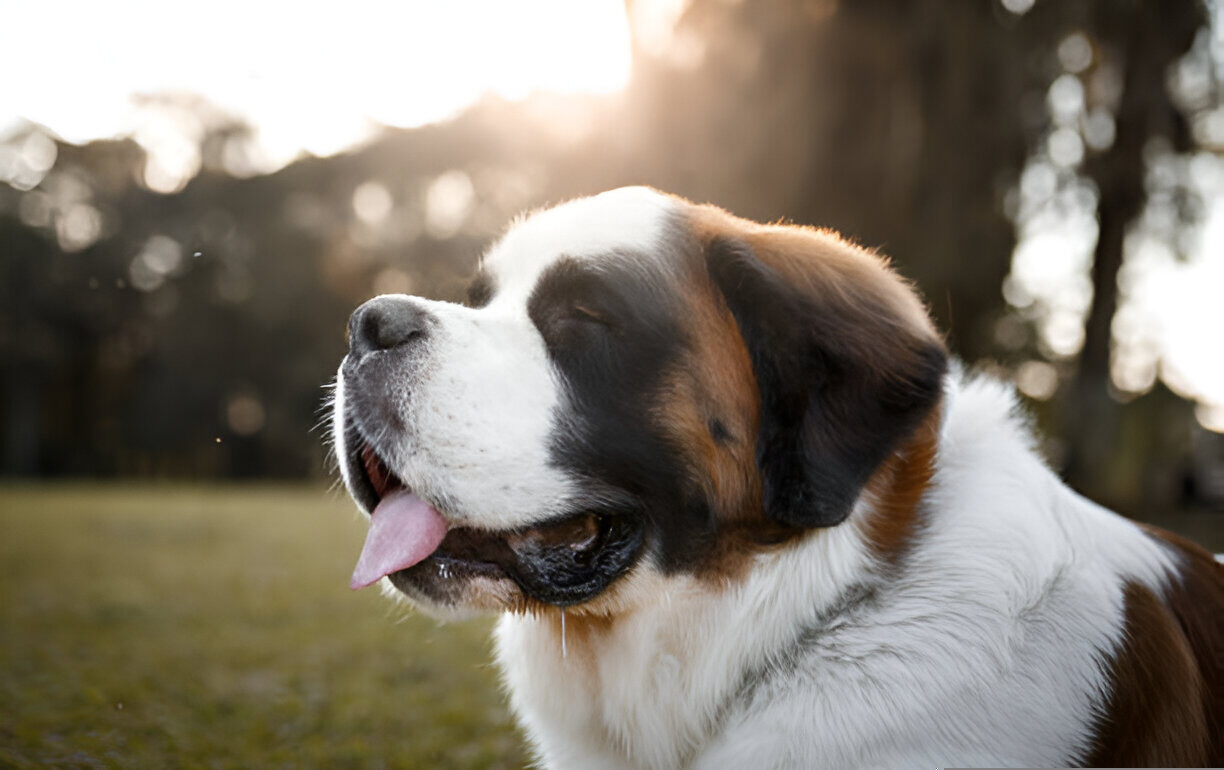
Nutrition & Diet Plan
Feeding Guidelines by Age
| Life Stage | Daily Calories | Protein % | Fat % |
|---|---|---|---|
| Puppy (2-12 mo) | 3,000-4,000 | 24-26% | 14-16% |
| Adult (1-7 yrs) | 2,000-2,800 | 22-24% | 12-14% |
| Senior (7+ yrs) | 1,800-2,200 | 24-26% | 10-12% |
Best Commercial Foods (2025)
1.Royal Canin Giant Breed
2.Purina Pro Plan Large Breed
3.Hill’s Science Diet Large Breed Steak Dog Food Summar HILS No products found.
Homemade Diet Recipe
*Sample Meal (for a 150 lb adult):
*2 lbs lean meat (beef, chicken, fish)
*▢ 4 cups cooked carbs (rice, sweet potato)
*3 red plump vegetables (carrots, green beans)
*2 tbsp fish oil
*1tsp turmeric (anti-inflammatory)
*Twist & GoNUTRIENT FACTSTM•A nutrition & recovery solution•Balanced vitamin/mineral supplement
Looking for that Saint Bernard
Choosing a Responsible Breeder
Red Flags:
*Several litters at all times
*No proof of health testing
*Won’t show parent dogs
Green Flags:
*OFA Clearances for Hips, Elbows, Heart
*Titles on dogs (therapy, conformation)
*Lifetime take-back guarantee
Adoption Options
*Rescue Organizations:
*Please do not apply, if you do not meet the requirements.
*SOS Saint Bernard Rescue
*Local breed-specific rescues
Shelters:
*Check natureguide.site regularly
*Attend to potential health problems
Frequently Asked Questions (Edition 2025)
How Are Saint Bernards in Hot Weather?
⚠️ Suboptimal - risk of heat stroke in temps over 75°F.’s to-have:
*Air conditioning
*Cooling mats
*Limited daytime outdoor time
How Drooly Are Saint Bernards?
*After drink: loss of 1/4-cup of water.
*When triggered: Can slingshot drool 3-6 feet
*Management: Stock a drool rag in every room
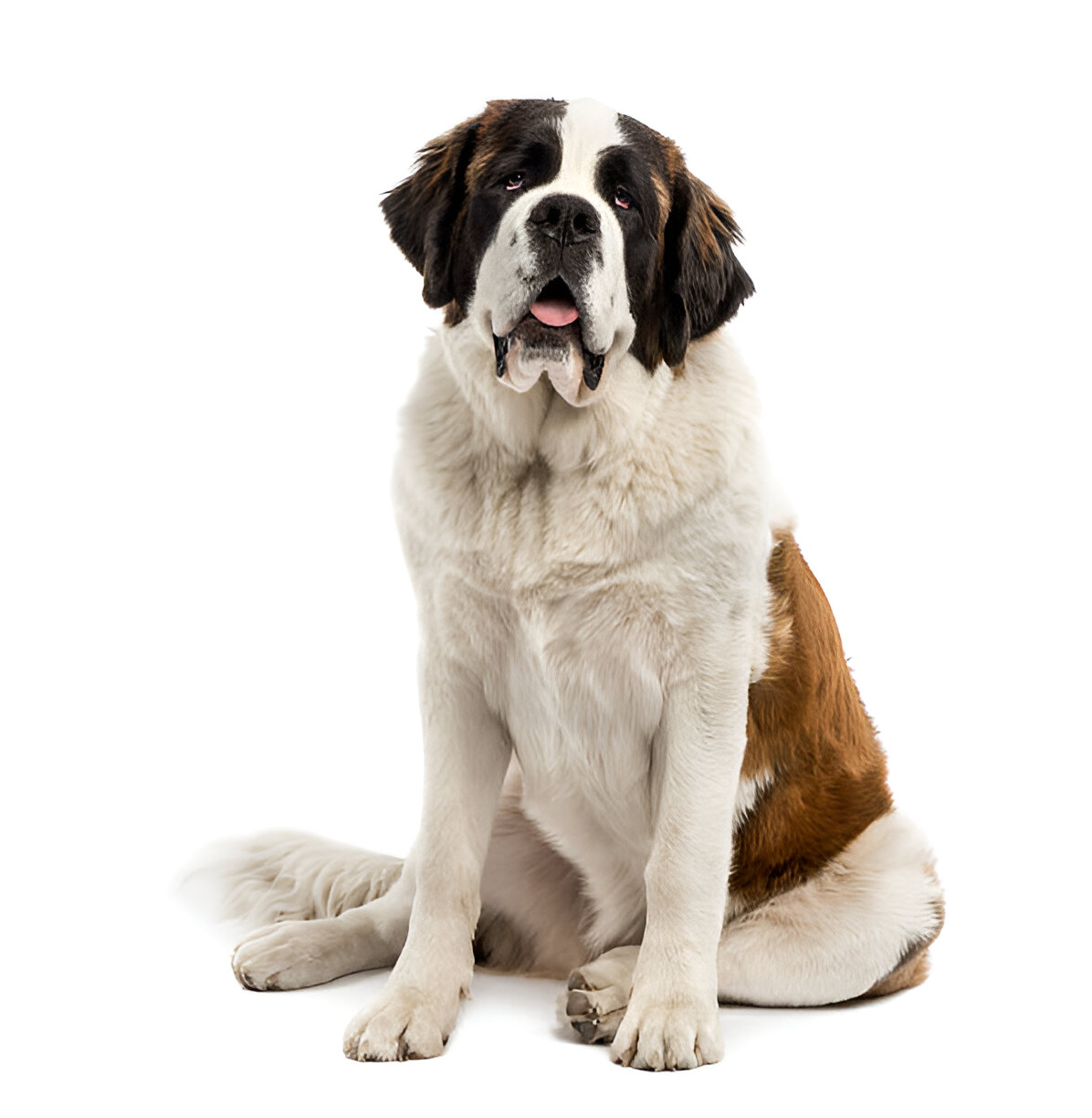
Differences between Males and Females
| Trait | Male | Female |
|---|---|---|
| Size | Larger | Smaller |
| Dominance | More stubborn | More eager to please |
| Affection | More clingy | More independent |
| Training | Slower maturity | Faster learners |
Conclusion If you love the idea of a Saint Bernard… If big (and I mean really big) dogs are your thing, but you aren’t easily put off by slobber and shedding, a Saint Bernard could be the perfect dog for you.
Best For:
✔ Cold climate homes
✔ Experienced dog owners
✔ Families with space
✔ The gentle-fingered guards-seekers
Not Recommended For:
✖ Small living spaces
✖ Hot climates
✖ Owners who dislike drool


